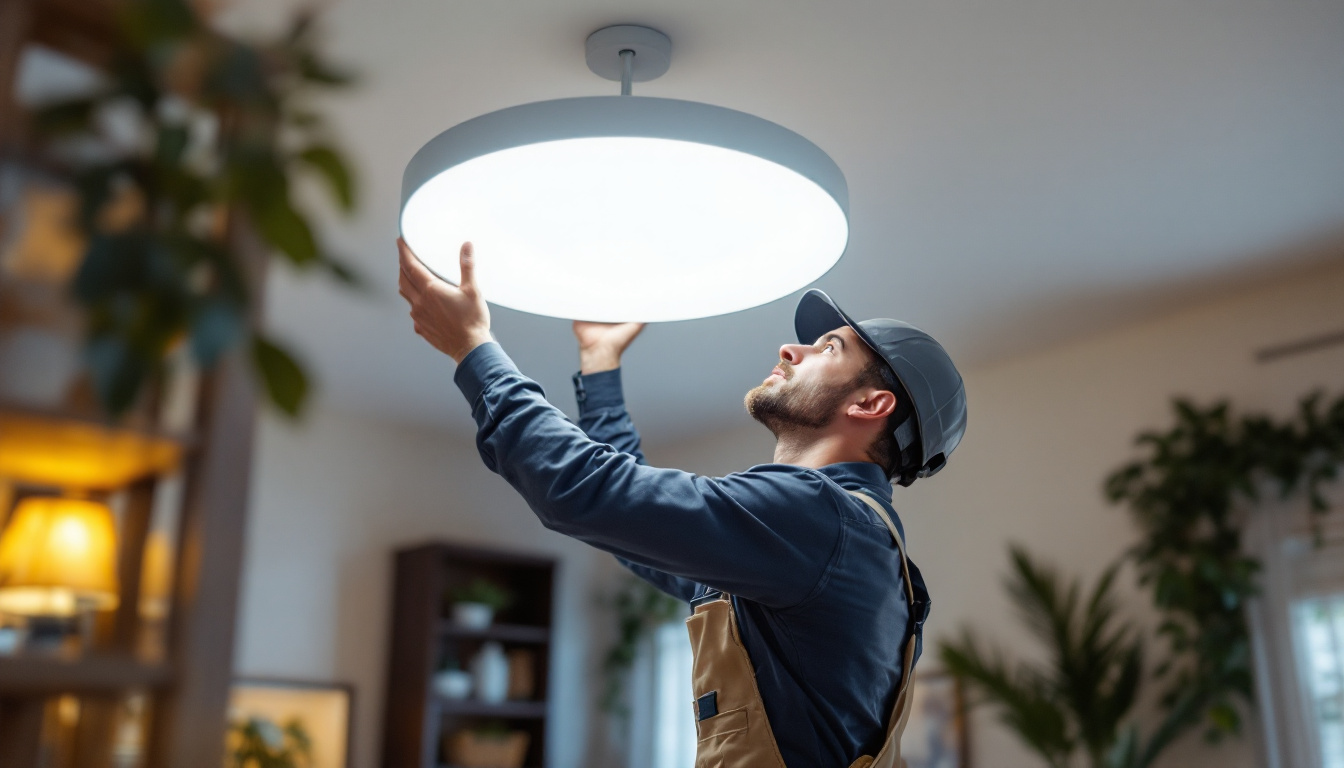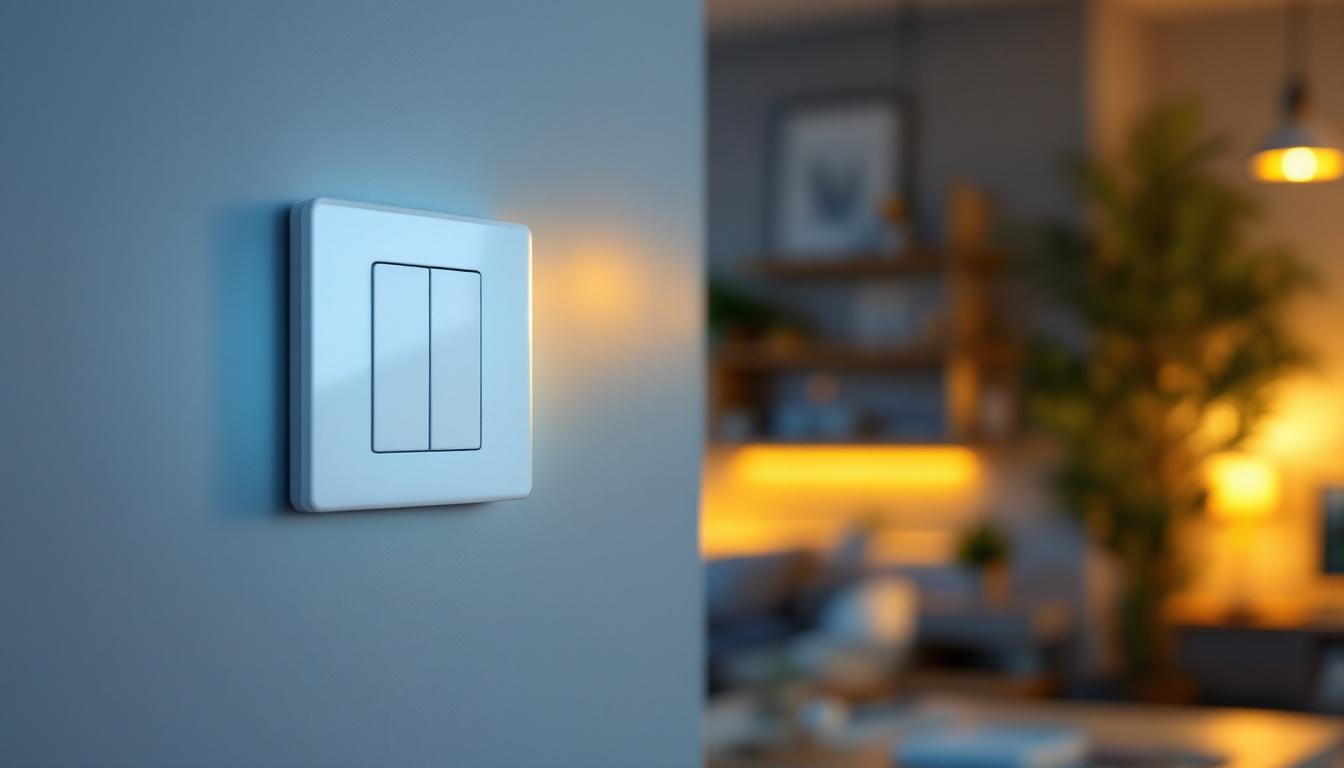
In the world of electrical installations, understanding the nuances of various socket types is crucial for lighting contractors. Among the many socket types, dryer sockets stand out due to their unique specifications and applications. This article explores different dryer socket types, their implications for lighting projects, and how they can influence the overall efficiency and safety of electrical installations.
Dryer sockets, primarily designed for high-voltage appliances, come in various configurations. Each type has distinct characteristics that can affect the installation and operation of lighting systems in residential and commercial settings. Familiarity with these types is essential for lighting contractors to ensure compliance with electrical codes and to optimize performance.
There are several common types of dryer sockets, each suited for specific applications. The most prevalent types include 3-prong and 4-prong configurations. Understanding the differences between these sockets is vital for contractors when planning electrical layouts.
The 3-prong dryer socket, which has been widely used for decades, typically includes two hot wires and one ground wire. This configuration can be limiting in terms of safety and efficiency, as it lacks a dedicated neutral wire. In contrast, the 4-prong socket adds a neutral wire, enhancing safety by reducing the risk of electrical shock and allowing for better load balancing. Additionally, the 4-prong socket is now the standard for new installations, as it aligns with modern safety regulations and offers improved compatibility with newer dryer models that utilize the neutral wire for proper operation.
Dryer sockets are rated for specific voltage and amperage levels, which can significantly impact lighting projects. Most residential dryer sockets operate at 240 volts and are rated for 30 amps. Understanding these ratings helps contractors determine the compatibility of lighting systems with existing electrical infrastructure.
For instance, if a lighting contractor plans to integrate high-wattage fixtures or LED systems that require a substantial power supply, knowing the amperage rating of the dryer socket becomes crucial. A mismatch can lead to circuit overloads, potentially causing failures or safety hazards. Furthermore, it’s important to consider the total load on the circuit, as multiple devices may be connected to the same socket. This necessitates careful calculation to ensure that the combined amperage does not exceed the socket’s rating. In some cases, contractors may need to install dedicated circuits to accommodate high-demand lighting systems, ensuring both safety and functionality in the overall electrical design.
The type of dryer socket installed in a building can have far-reaching implications for lighting contractors. From installation challenges to safety considerations, understanding these impacts is essential for successful project execution.
When integrating lighting systems with existing dryer sockets, contractors may encounter various installation challenges. For example, the physical size and location of dryer sockets can complicate the placement of lighting fixtures. If a dryer socket is located in an inconvenient area, it may require additional wiring or modifications to accommodate the lighting design.
Moreover, the existing electrical infrastructure may not support the additional load from new lighting systems. Contractors must assess the capacity of the circuit and ensure that it can handle the combined load of both the dryer and the lighting fixtures. This may involve upgrading the circuit or redistributing the load across multiple circuits.
Additionally, the age of the building can introduce further complications. Older buildings may have outdated wiring systems that are not designed to handle modern lighting technologies, such as LED fixtures, which can be more energy-efficient yet require specific voltage and current specifications. Contractors must conduct thorough evaluations of the existing wiring and may need to implement retrofitting solutions to ensure compatibility and optimal performance of the lighting systems.
Safety is paramount in any electrical installation, and the type of dryer socket plays a significant role in ensuring compliance with safety standards. Using outdated 3-prong sockets can pose risks, as they do not provide adequate grounding or neutral connections. Lighting contractors must advocate for the use of 4-prong sockets in new installations to enhance safety and reduce the likelihood of electrical hazards.
In addition, contractors should be aware of local electrical codes and regulations regarding dryer socket installations. Compliance with these codes not only ensures safety but also protects contractors from potential liabilities. Regular inspections and adherence to best practices can help mitigate risks associated with electrical installations.
Furthermore, it is crucial for contractors to educate clients about the importance of proper socket installation and maintenance. Many homeowners may not realize the potential dangers of using incompatible or outdated sockets, leading to increased risks of electrical fires or equipment damage. By providing clear guidance and recommendations, contractors can empower clients to make informed decisions that prioritize safety and efficiency in their lighting projects.
As technology evolves, so do the demands placed on electrical systems. Lighting contractors must adapt to these changes, particularly when it comes to integrating modern lighting technologies with existing dryer sockets.
LED lighting has gained immense popularity due to its energy efficiency and longevity. However, integrating LED systems into existing electrical infrastructure, including dryer sockets, requires careful consideration. LED fixtures often have different power requirements compared to traditional incandescent bulbs, which can lead to compatibility issues.
Contractors must evaluate the power supply from the dryer socket and ensure that it can accommodate the specific needs of LED systems. This may involve installing compatible drivers or transformers to regulate voltage and current, ensuring optimal performance without overloading the circuit. Additionally, the physical installation of LED fixtures may necessitate modifications to the existing wiring, as many LED products are designed with different mounting and connection standards. This means that contractors must be well-versed in both the technical specifications of LED products and the existing infrastructure to ensure a seamless integration.
The rise of smart lighting solutions presents both opportunities and challenges for lighting contractors. Many smart lighting systems require a stable power source and may not function optimally with older dryer sockets. Contractors should assess the compatibility of smart devices with existing electrical systems and consider upgrading sockets if necessary.
Furthermore, the integration of smart lighting often involves additional wiring and control systems, which can complicate the installation process. Understanding the specifications of dryer sockets and their impact on smart technology will enable contractors to provide better solutions for their clients. Moreover, the implementation of smart lighting systems can enhance energy management and user convenience, allowing homeowners to control their lighting remotely or through voice commands. This not only improves the user experience but also promotes energy conservation, as users can easily schedule lighting to be on or off at specific times. As such, contractors must stay informed about the latest advancements in smart technology and be prepared to educate clients on the benefits and potential challenges associated with these systems.
To navigate the complexities of dryer socket types effectively, lighting contractors should adopt several best practices. These practices can enhance project efficiency, safety, and overall client satisfaction.
Before commencing any lighting project, contractors should conduct thorough assessments of the existing electrical infrastructure. This includes evaluating the type of dryer sockets in place, their ratings, and the overall capacity of the circuit. Such assessments will help identify potential challenges and inform the design process.
Additionally, understanding the specific needs of the lighting systems being installed will allow contractors to make informed decisions regarding compatibility and safety. This proactive approach can save time and resources in the long run.
Lighting contractors play a crucial role in educating clients about the importance of socket types and their implications for lighting projects. By explaining the differences between 3-prong and 4-prong sockets, as well as the associated safety concerns, contractors can empower clients to make informed decisions.
Moreover, discussing the benefits of upgrading to modern sockets can enhance client satisfaction and foster trust in the contractor’s expertise. Clients are more likely to appreciate the value of a safe and efficient electrical system when they understand the implications of their choices.
The electrical industry is continually evolving, and dryer socket technology is no exception. Staying informed about emerging trends can help lighting contractors remain competitive and provide cutting-edge solutions to clients.
As energy efficiency becomes a top priority for consumers and regulatory bodies alike, dryer socket technology is likely to evolve to meet these demands. New designs may incorporate advanced features that enhance energy management, making it easier for contractors to integrate energy-efficient lighting solutions.
Contractors should stay abreast of developments in energy-efficient technologies and consider how they can leverage these advancements in their projects. This proactive approach will not only benefit clients but also position contractors as leaders in the industry.
The integration of smart technology into electrical systems is expected to grow, with dryer sockets potentially becoming more compatible with smart devices. This shift could lead to the development of sockets that offer enhanced control and monitoring capabilities, allowing contractors to provide clients with more sophisticated lighting solutions.
By embracing these trends, lighting contractors can position themselves as forward-thinking professionals who are prepared to meet the evolving needs of their clients.
Understanding dryer socket types is essential for lighting contractors navigating the complexities of electrical installations. The implications of these sockets extend beyond mere compatibility; they influence installation challenges, safety considerations, and the integration of modern technologies. By adopting best practices, educating clients, and staying informed about emerging trends, lighting contractors can enhance their projects and ensure successful outcomes.
As the industry evolves, the ability to adapt to changes in dryer socket technology will be a defining factor for contractors seeking to excel in their field. Embracing these challenges with knowledge and expertise will ultimately lead to safer, more efficient, and more innovative lighting solutions.
Ready to take your lighting projects to the next level? At LumenWholesale, we provide lighting contractors with the highest quality, spec-grade lighting products at prices that can’t be beaten. Our extensive selection is designed to meet the most rigorous industry standards, ensuring that you have access to reliable and high-performance lighting for every installation challenge. Say goodbye to inflated markups and hello to convenience with our hassle-free bulk buying options and free shipping. Elevate your electrical installations with the best value in lighting—visit LumenWholesale today and experience the difference quality and affordability can make.

Discover essential tips for lighting contractors to avoid common pitfalls when working with LED T8 installations.

Discover innovative strategies for enhancing your lighting solutions by exploring the art and science of monument lighting.

Discover the key traits that distinguish top lighting contractors in the LED light fixture industry.

Discover the top benefits of using a three-way LED dimmer switch for lighting contractors.